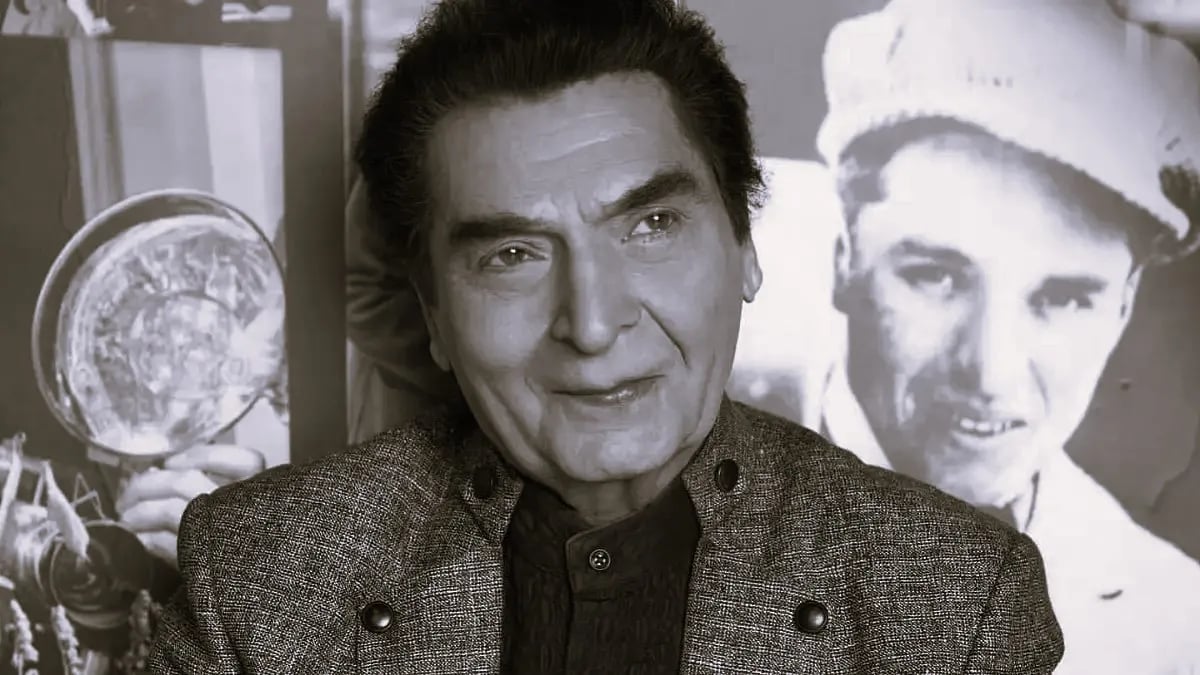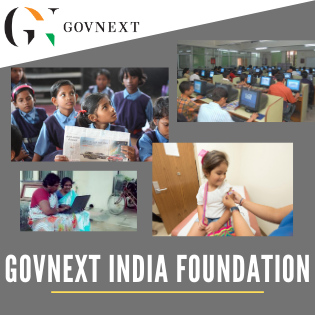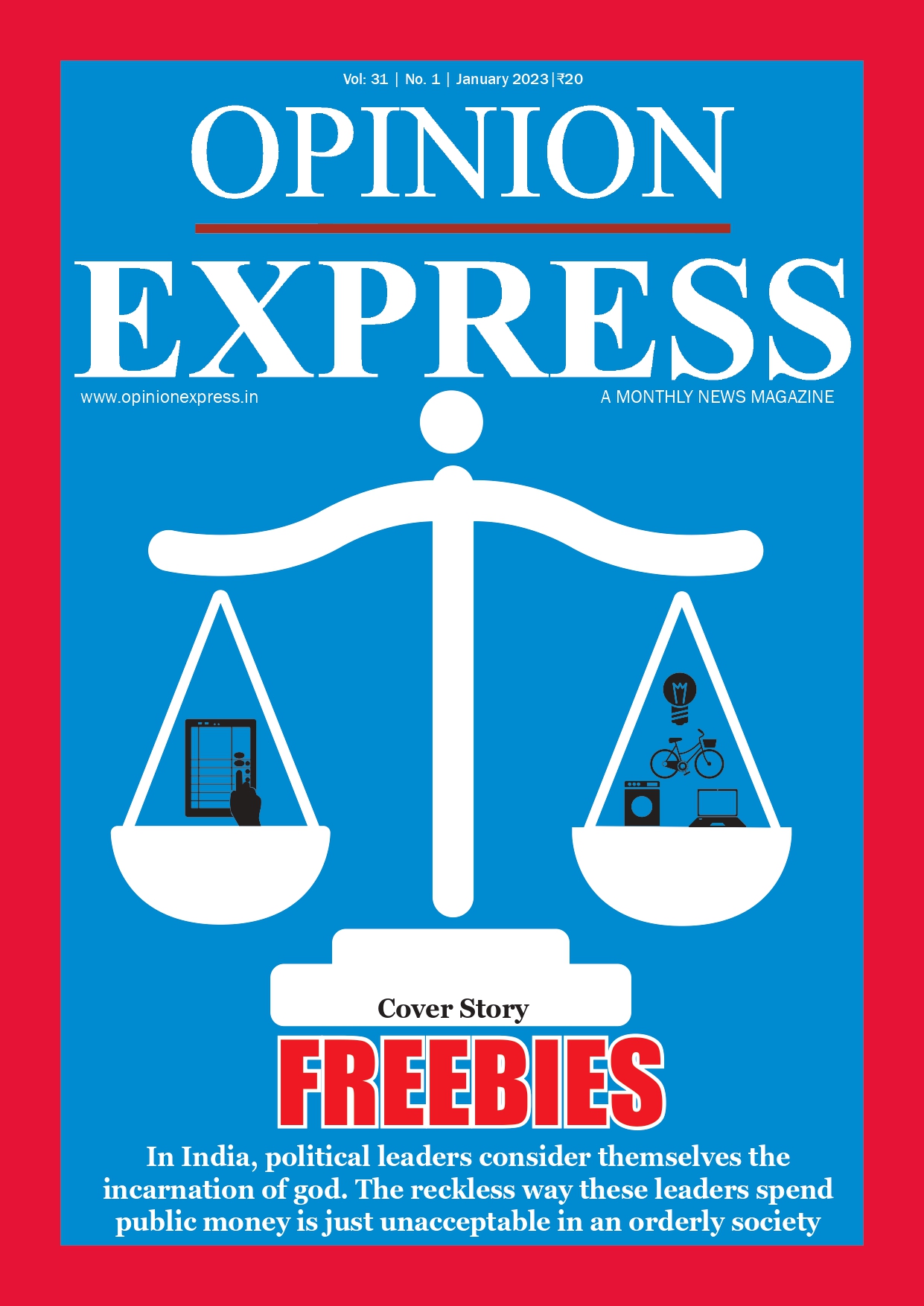For ages, Music has been the force that gives spirit to civilizations, transcending the barriers of boundaries, language and generations. In an Epoch of globalization, the amalgamation of musical traditions from diverse cultures holds the power to reshape our collaborative cultural narrative. Among the most vibrant and historically abundant traditions are the sounds of Peru and India. Distinct in origin, yet profoundly complementary in spirit. Parallel legacies, distinct identities Indian music, rooted in centuries of classical traditions like Hindustani and Carnatic, thrives in intricate ragas, improvisation and deep spiritual connection. Similarly, Peruvian music draws from Andean, Spanish and African influence, blending various instruments like Charango, Quena and Cajon to create soulful and rhythmic melodies.
Music, being a form of soft power, could be a significant tool to connect nations and foster mutual respect, sharing values and musical traditions. Though continents apart, both cultures place immense emphasis and value on storytelling, ritual and community within their musical expressions. This shared depth provides fertile ground for collaboration and co-creation. A sonic collaboration between Peru and India would be symbolic of a bridge between two rich cultures and could give birth to a whole new genre that appeals to global audiences and honoring cultural authenticity simultaneously. Imagine the melancholy effect of the Quena flute blended with soul-calming Indian Bansuri, or the rhythmic complexities of Indian tabla harmonized with the earthy sounds of cajon. Such collaborative musical melodies will not only help in erasing differences but also serve as a testament to the universal language of sounds. A joint musical initiative between Peru and Indian Bollywood music could act as a cultural ambassador, strengthening bilateral ties and inspiring collaborative models across the global south. Another instance could be an alliance between two artists, say a Dj and a percussionist, showcasing their artistry together at an event, which can lead to an international crossover hit that blends both countries' musical identities. Through platforms like YouTube, Instagram and various other social media structures artists from both countries can gain global followers and influence music tastes by showcasing traditional and contemporary music from both countries. such events attract international audiences, boosting local hospitality sectors and creating employment across event management, production, and marketing. Music tourism, a growing global trend, can benefit cities in both nations by promoting heritage-rich destinations through culturally immersive experiences. Joint musical initiatives between India and Peru could offer more than cultural enrichment and cast a wider net of present strategic opportunities for economic development.
Collaborative projects such as cross-cultural music festivals, artist residencies, and co-produced digital content can stimulate growth in tourism, creative industries, and digital exports. Furthermore, digital collaborations—like online concerts, fusion albums, and educational platforms—open new revenue streams in streaming, merchandising, and licensing. These ventures also support local artisans and instrument makers, preserving traditional crafts while expanding markets.
Bollywood has witnessed growing popularity in Peru, reflecting the deepening cultural connection between the two nations. Known for its vibrant storytelling, music, and dance, Indian cinema resonates with Peruvian audiences who appreciate emotional narratives and colourful aesthetics. Film festivals, Indian cultural events, and online streaming platforms have further fueled interest in Bollywood films and stars. This rising popularity has opened avenues for cultural exchange, tourism, and even Indo-Peruvian artistic collaborations. Bollywood-themed Dj events or remixes can gain popularity in Peru, especially among youth curious about global trends. Indian Djs who incorporate Bhangra beats can introduce Peruvians to vibrant dance music that resonates well in party scenes. As Bollywood continues to capture hearts in Peru, it strengthens soft power diplomacy and showcases the universal appeal of Indian culture across language and geographic boundaries.
Government and private sector involvement in Indo-Peruvian musical partnerships can strengthen bilateral relations and foster innovation in the cultural economy. As both countries invest in creative diplomacy, music becomes not only a bridge between cultures but a sustainable driver of economic exchange and shared prosperity. India and Peru share a growing bilateral relationship rooted in mutual respect, cultural exchange, and economic cooperation. Established in 1963, diplomatic ties have expanded across trade, education, and technology. Cultural diplomacy, including music, cuisine, and art, plays a vital role in deepening people-to-people connections. As emerging economies with rich heritages, both nations can find common ground in promoting sustainable development and global collaboration.
The musical traditions of Peru and India are powerful expressions of cultural identity, each rooted in centuries of history and spiritual depth. Indian music, known for its intricate ragas, rhythmic cycles, and spiritual narratives, has influenced genres worldwide—from jazz and electronic music to classical fusion. Similarly, Peru’s diverse musical heritage, blending Indigenous, Spanish, and African influences, has given rise to globally recognized forms like Afro-Peruvian rhythms and Andean folk music.
The effect of these musical cultures extends beyond entertainment. They foster intercultural dialogue, preserve intangible heritage, and inspire innovation in global music production. Instruments like India’s sitar and tabla, and Peru’s cajón and charango, are now used by international artists, showcasing their versatility and appeal. Peru’s cultural influence on India, though emerging, is gaining momentum through art, music, cuisine, and diplomacy. The rich heritage of Andean music, particularly instruments like the cajón and Panpipes, has found appreciation among Indian musicians and fusion artists. Peru's vibrant traditions and festivals are increasingly featured in cultural exchange programs and international events in India. Additionally, Peru’s focus on sustainable agriculture and indigenous knowledge resonates with India’s own heritage practices, fostering dialogue in environmental and cultural forums. As bilateral relations strengthen, Peru’s unique cultural elements continue to inspire and enrich India’s multicultural landscape and global engagement. India and Peru share profound similarities in their spiritual music traditions, both rooted in ancient cultures where sound serves as a medium for divine connection. Indian spiritual music, including bhajans, kirtans, and classical ragas, emphasizes transcendence and meditation. Similarly, Peru’s Andean spiritual music, featuring instruments like the panpipes and chanting, is deeply connected to nature and ancestral rituals. Both traditions use repetitive rhythms, melodic patterns, and communal participation to evoke spiritual awareness and inner harmony. These practices highlight a shared belief in music as a sacred force, bridging the physical and spiritual realms across two distant yet spiritually aligned cultures.
By embracing their musical legacies and exploring shared artistic spaces, India and Peru contribute not only to cultural diversity but also to a more harmonious global community shaped by rhythm, tradition, and creativity. The authenticity and emotional resonance of both Indian and Peruvian musical cultures have a global appeal, signifying more than just artistic expression. The unification of both Indian and Peruvian cultures presents a unique opportunity for both cultural enrichment and global influence.
With the consistent evolution of these two rich legacies, both nations can co-author a new chapter in global music- one that breaches borders and acts as a symbolic bridge between these two ancient cultures, unifying Peruvian and Indian music for cultural renaissance.
"Writer is a well-known music connoisseur, a prominent DJ, and a passionate advocate of global music trends."








 OpinionExpress.In
OpinionExpress.In















Comments (1)
The word music = sound combined to produce beauty in the form of harmony and expression of emotion.Bharat and Peru both a having rich appetite for music can play a key role in bridging the borders , as we musically decode both countries ????Bharata - where sound meets soul???????? Bha - for bhav (emotion) Ra - for Rang (melody) Ta - for taal ( rhythm) Peru ????????- The journey from Pehcaan to Ruchi= recognising oneself to understand the other not just for the sake of performance but for the sake of feeling it.The renowned Dj kamya has not only showcased these aspects in her written script but shown us the harmonious co existence of the two forms of music which can create a global renaissance to be remembered for decades to come...